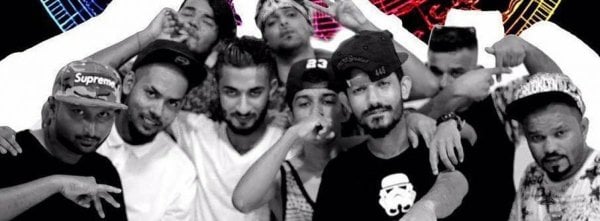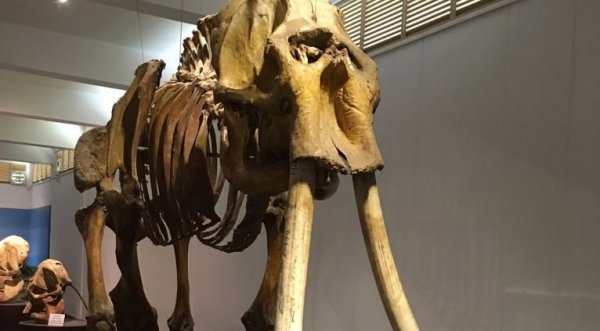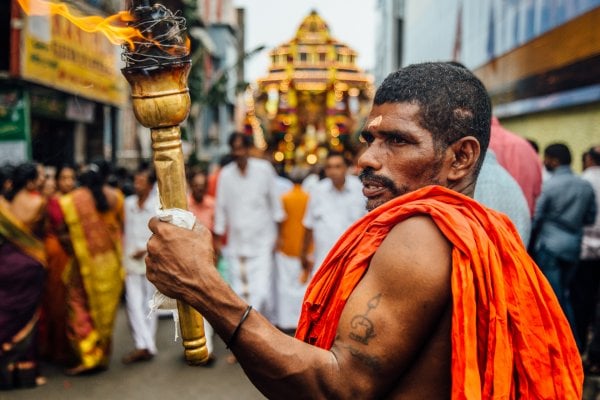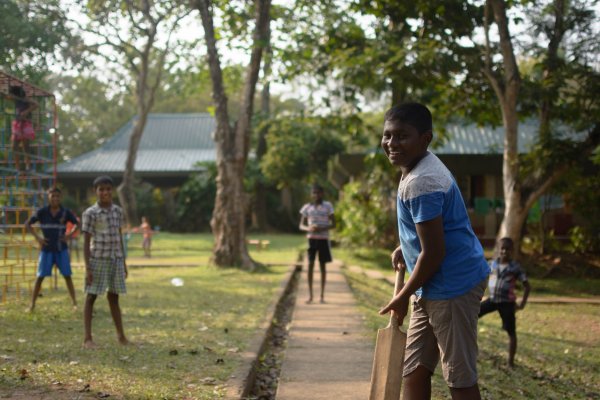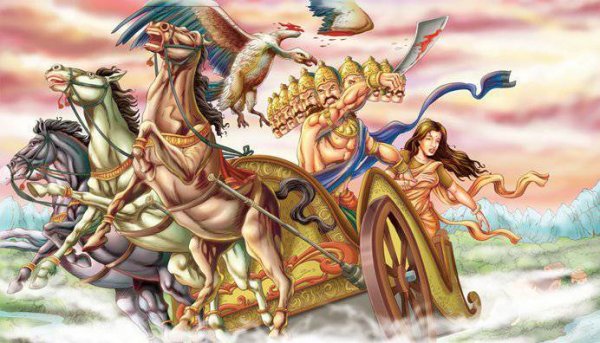
Thulasi Muttulingam has always found it hard to switch off her inner journalist. Even after a change in career, she felt the need to tell people’s stories. It was this desire that led to the creation of the Facebook page ‘Humans of Northern Sri Lanka‘.
Starting off her journalistic career at the Sunday Times, Thulasi went on to work at several national newspapers. However, she recently made a career switch, joining International NGO ZOA to learn about the culture and people of Northern Sri Lanka.
Thulasi herself grew up in the Maldives from the age of 3 until 21, as her parents fled the country after the 1983 riots.
“I did not have much access to Northern Sri Lanka during that time – so this was a learning journey of sorts for me, documenting my heritage and culture, and sharing it with various others – but especially diaspora kids who might yearn for information”
Thulasi explained.
As a reporting officer, Thulasi found herself traveling to the most rural and poverty-stricken areas in the North. Many of the people she interviewed were displaced by war. Her questions often made them recall painful memories, so Thulasi felt a sense of duty to share their stories.
Thulasi initially struggled to share all the stories she heard in the traditional long-form format she was used to as a former features journalist. This proved to be a time-consuming process, requiring work even during her time off. It wasn’t long before she realised that she couldn’t continue in this way, to her great frustration.
“I had a massive pile of notebooks filled with people’s stories that they had entrusted to me that might never see the light of day. It was making me sick with guilt and nerves”
Thulasi said.
And then one rainy day in October, it all fell into place. ‘I was sick with the flu and feeling sorry for myself. At the same time, I was surfing the Humans of New York page to relax, and it just clicked. Why don’t I just do something like this?‘ Thulasi said, recalling the moment when inspiration struck.
That very night on October 12, Thulasi created the Humans of Northern Sri Lanka Facebook page, going to bed only at 6 am. She woke up five hours later to discover that the page already had a hundred ‘Likes’. Today, the page has 658 ‘Likes’ – and counting.
At first, Thulasi tried to model her page on the well-known Humans of New York. With time, she found that the page developed a personality of its own. This was something she encouraged, recognising that the Humans of Northern Sri Lanka had very different stories to tell, while she as the storyteller had a different viewpoint too.
“People outside of these areas need to know of these people’s bravery and the challenges that they still face. If possible, there should be more awareness on what we all can do to make their lives better” Thulasi said.
Occasionally, balancing work with updating the Facebook page still posed a challenge. Currently, Thulasi freelances for the Daily FT and the Canadian diaspora paper, Monsoon Journal, in addition to her work at ZOA.
On days she found herself short of content, Thulasi drew from generously donated pictures from friends. What started as a stop-gap measure grew into a more nuanced picture of the North, as others including photojournalists contributed to the melting pot of stories.
“The page is obviously much richer by outside contributors than if I alone had been maintaining it”
Thulasi said.
Thulasi also worked to ensure the pictures she chose were more representative of the diversity of the North. Apart from the stories of the people she worked with, she also began including the perspectives of people who had never been displaced. Her colleagues at ZOA are also part of the local community, and she doesn’t hesitate to share their stories too.
Thulasi’s work takes her from Mannar during the week to Jaffna on most weekends, with the occasional trip to Vavuniya and Kilinochchi ensuring that she meets a wide cross section of people. However, she’s always on the lookout for people who would like to contribute their own pictures – so if you’re a shutterbug who’s recently visited the North, don’t hesitate to send your pictures in as well.
Here are some of our favourite stories from Humans of Northern Sri Lanka. Visit the page for more.

This elderly lady wanted to contribute her share of the work, for clearing shrubs too. The other villagers eventually convinced her that she didn’t have to do hard physical labour – she could help by bringing tea to them instead
Photo courtesy: Victor Antony

Victims of war – The war being over does not mean that people can easily go back to their day to day living. Many like this family have their main breadwinner disabled. People in these parts earn through physical labour -so being disabled impacts them heavily.
Photo courtesy: Victor Antony

“They say my husband had a seizure while crossing a pond on a plank and fell in. We were shocked because he had never had a history of epilepsy. By the time they manged to fish him out he was dead. Our daughter was three and I was eight months pregnant with our son at that time. They are both in their teens now. I am very proud of the fact I brought them up single-handedly and kept them regularly schooling despite all my difficulties. I married when I was 20 and was widowed at 25. I barely knew the world outside my house, but after that I had to come out to earn. Over time, I learned to fish and to farm. During the recent drought, all our crops dried up except for this bountiful drumstick tree, which has never failed me. I love this tree.”
Photo courtesy: Victor Antony

“Culture is what is practiced by the people organically, not what the traditionalists tell us we should be like, based on what they imagine our ancestors were once like. Culture is like a clock; it keeps moving with the times – inexorably. What the rigid traditionalists are doing, is trying frantically to stop the clock-hand marking seconds from moving – because that is what they can see. In the meantime, the clock-hand marking hours, which they can’t see and are not trying to control, is moving too. Change is inevitable. Just go with the flow.” – Veteran Tamil playwright Kulanthai Shanmugalingam
Header Image courtesy: Amila Gamage


